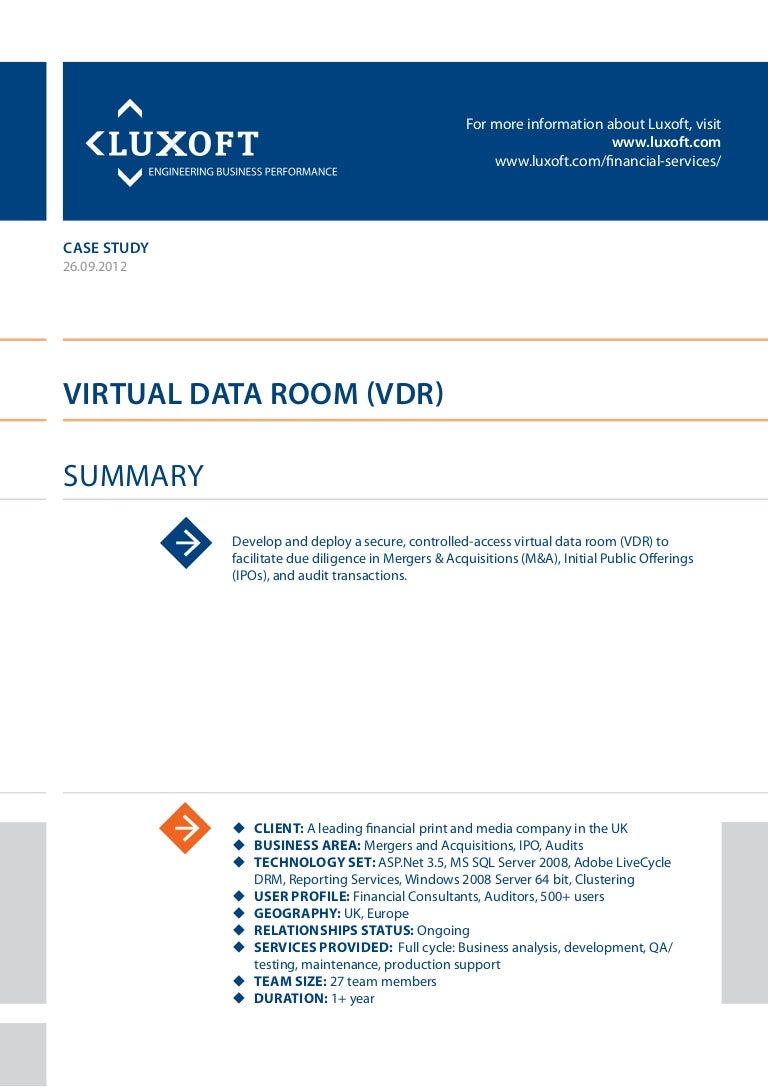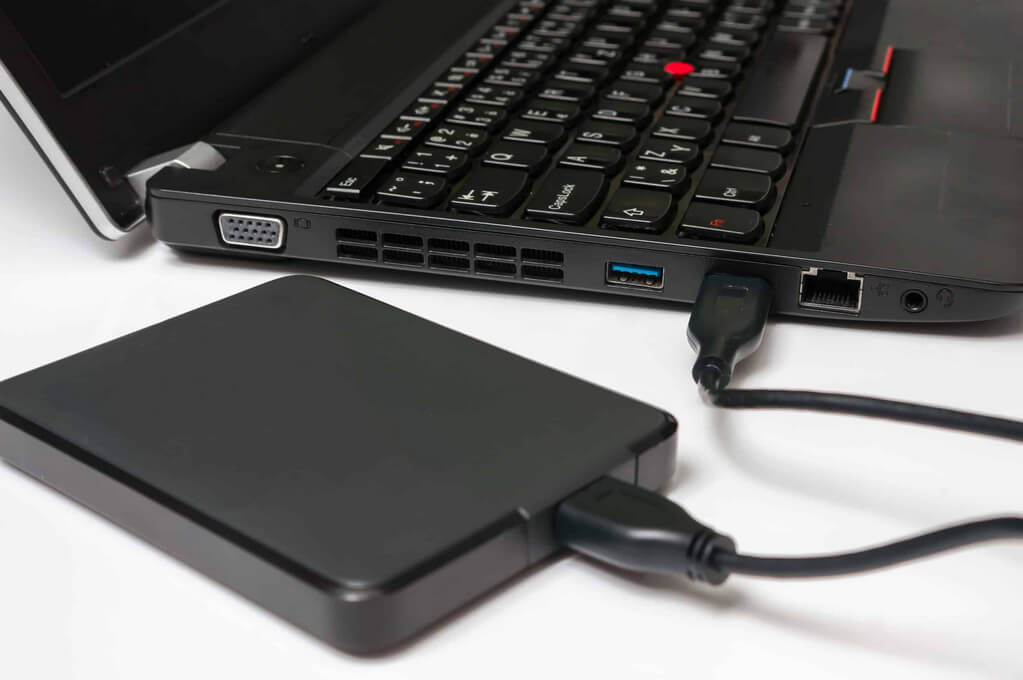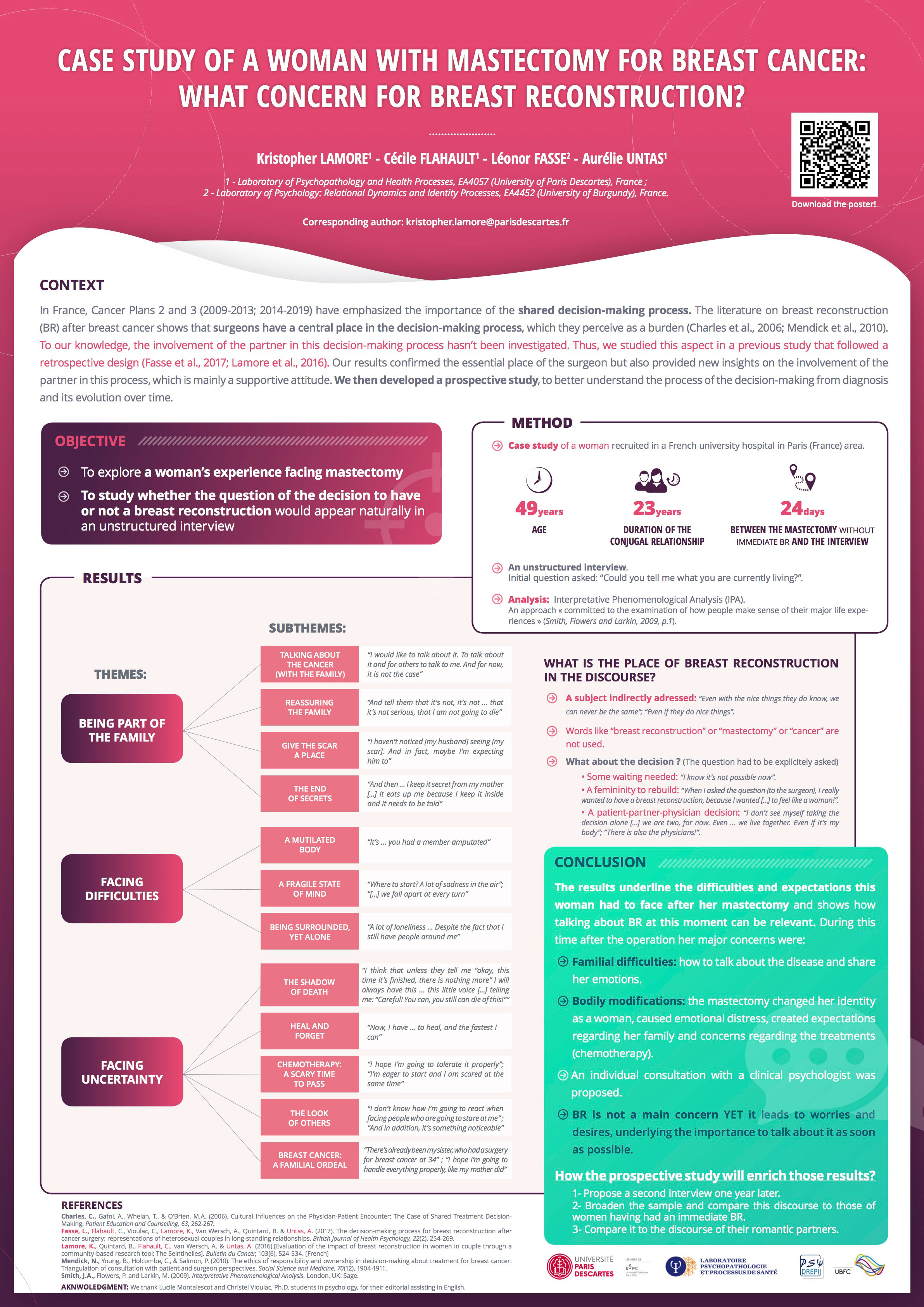

“Further, proportionate allotment in case of NII category may be discontinued and draw of lots allotment to be introduced, as is currently applicable for RII category,” as per the committee’s proposal. In the first sub-category, one-third of the allocation earmarked for NIIs shall be for application sizes in the range of above Rs 2 lakh and up to Rs 10 lakh.įor the second sub-category, it has proposed that two-thirds of the allocation earmarked for NIIs be for applications above Rs 10 lakh. Since smaller NIIs are getting crowded out, the committee proposed sub-categorisation of NIIs into two categories.

“It is expected that any public offering should aim to provide as diverse offering as possible with equitable opportunity at retail and non- institutional level,” Sebi said. You may have noticed cases wherein a person applied for shares in an IPO but was not allotted any shares but his friend applied for the same amount in the. For example, despite attracting 125 billion in orders from investors for an initial public offering of Saudi Telecom Co.’s (STC) internet-services unit, banks including Morgan Stanley and HSBC Holdings Plc are set to share just about 12 million in fees. The regulator analysed oversubscribed IPOs during January 2018 – April 2021 and observed that in 29 IPOs, on an average around 60 per cent applicants in the NII category did not get any allotment. Saudi may be producing many IPO opportunities for global banks to rake in and generate serious profits. Our mediators are experts in public sector and regulatory dispute.
#IPOS 5 CASE PRO#
Sebi also expressed concerns with respect to the current methodology of proportionate allotment to non-institutional investors (NIIs), which carries a certain risk where very large applications by few NIIs results in crowding out of other NIIs. Examples of cases mediated by our expert panel of leading mediators in the public sector. Available for: iPhone 6s and later, iPad Pro (all models), iPad Air 2 and later, iPad 5th generation and later, iPad mini 4 and later, and iPod touch (7th. In case of book building method, the issuer provides a price band wherein the upper end should not be higher by more than 20 per cent of the floor price. Sebi has also asked if there is a need for minimum price band in public issues and if so, what should it be.Īs per Issue of Capital and Disclosure Requirements norms, an initial public offering (IPO) can be made through two methods-book building or fixed price method. This would mean that the upper price shall be at least 5 per cent more than the floor price.

PMAC recommended that a minimum price band in case of all public issues through book built process may be set at 5 per cent. Narrow price band presents an opportunity to an issuer company to camouflage a fixed price issue as book built issue, thus circumventing the conditions / regulations attached to the fixed price method especially related to allocation methodology, it added. “The objective of fair and transparent price discovery mechanism in a book built issue appears to have been diluted over time due to evolving market practices,” it said. Several concerns were deliberated upon by the Primary Market Advisory Committee (PMAC). The recommendations came as Sebi observed that the price band provided by issuer companies on the main board are extremely narrow.


 0 kommentar(er)
0 kommentar(er)
